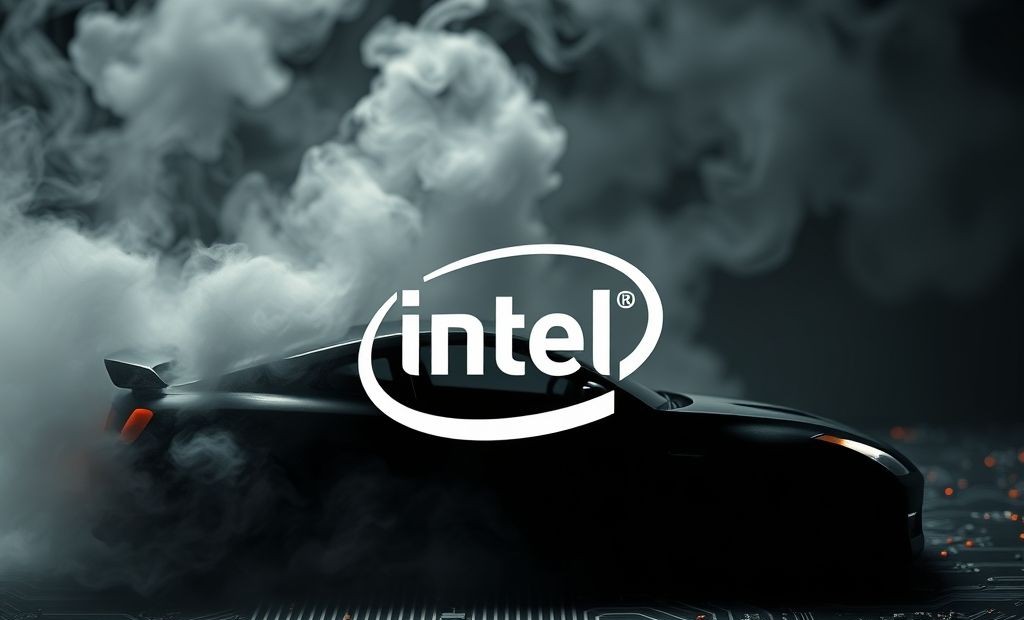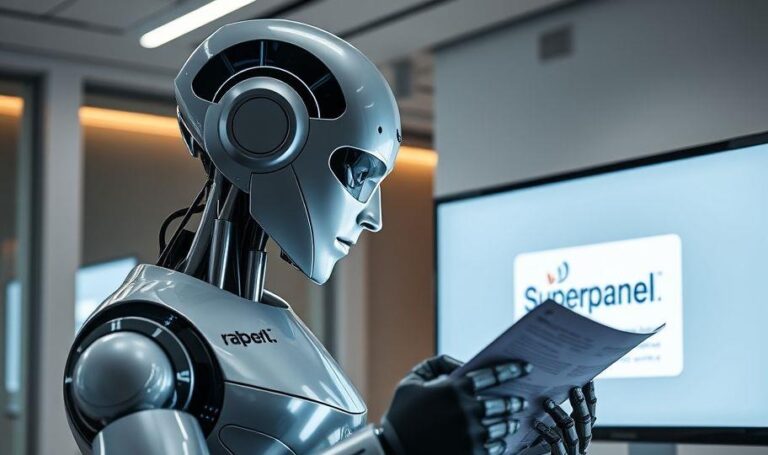Intel Halts Automotive Efforts; Layoffs Begin

Intel Reverses Course on Automotive Business Intel is scaling back its automotive ambitions, initiating layoffs as it pumps the brakes on its self-driving car unit....
⏱️ Estimated reading time: 2 min
Latest News
Intel Reverses Course on Automotive Business
Intel is scaling back its automotive ambitions, initiating layoffs as it pumps the brakes on its self-driving car unit. This shift signifies a major adjustment in Intel’s strategy within the competitive automotive technology landscape.
Layoffs Underway
The decision to reduce its automotive footprint has resulted in workforce reductions. While Intel hasn’t released specific numbers, reports indicate these layoffs impact various roles within the automotive division. These changes reflect a company-wide restructuring effort to optimize resources and sharpen focus on core business areas.
Strategic Realignment
This move suggests Intel is reassessing its approach to the automotive sector. Instead of directly competing in the self-driving car market, Intel may concentrate on providing technology and solutions to established automotive manufacturers and technology providers. This transition could involve supplying chips, software, and other components, leveraging Intel’s core strengths in semiconductor design and manufacturing.
Implications for the Automotive Industry
Intel’s pullback underscores the challenges and complexities of developing autonomous vehicle technology. While many companies are investing heavily in this area, achieving full self-driving capabilities remains a long-term endeavor with significant technological and regulatory hurdles. This also opens opportunities for other players in the automotive tech space.
Possible Future Direction
Intel may refocus on areas where it can provide unique value, such as high-performance computing for automotive applications, advanced driver-assistance systems (ADAS), and in-vehicle infotainment systems. This would allow them to leverage their existing technologies and expertise to serve the automotive market without the heavy investment associated with developing complete autonomous driving solutions.
Related Posts

WhatsApp’s New In-App Message Translation
WhatsApp Now Translates Messages Natively WhatsApp has launched a message translation feature for both iOS...
September 23, 2025

Superpanel’s $5.3M Seed AI Legal Intake Automation
AI Company Superpanel Secures $5.3M Seed to Automate Legal Intake Superpanel an AI-driven company recently...
September 23, 2025

Meta Enters AI Regulation Fight with New Super PAC
Meta Launches Super PAC to Tackle AI Regulation Meta has recently launched a super PAC...
September 23, 2025











Leave a Reply